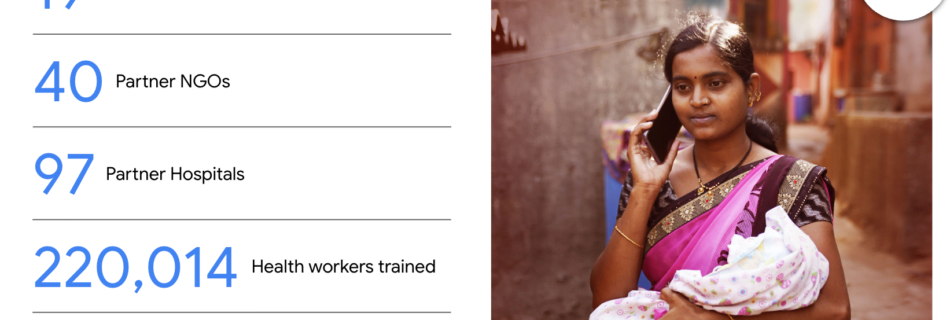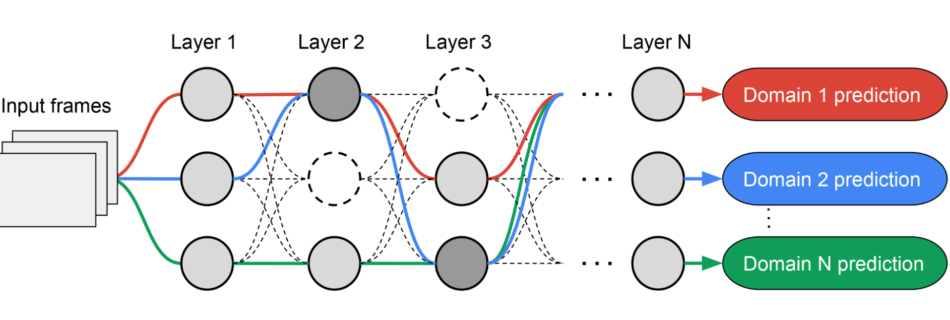Using ML to Boost Engagement with a Maternal and Child Health Program in India
Posted by Aparna Taneja, Software Engineer, and Milind Tambe, Principal Scientist, Google Research, India Research Lab The widespread availability of mobile phones has enabled non-profits to deliver critical health information to their beneficiaries in a timely manner. While advanced applications on smartphones allow for richer multimedia content and two-way communication between beneficiaries and health coaches, …
Read more “Using ML to Boost Engagement with a Maternal and Child Health Program in India”









